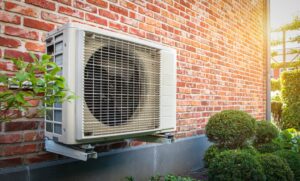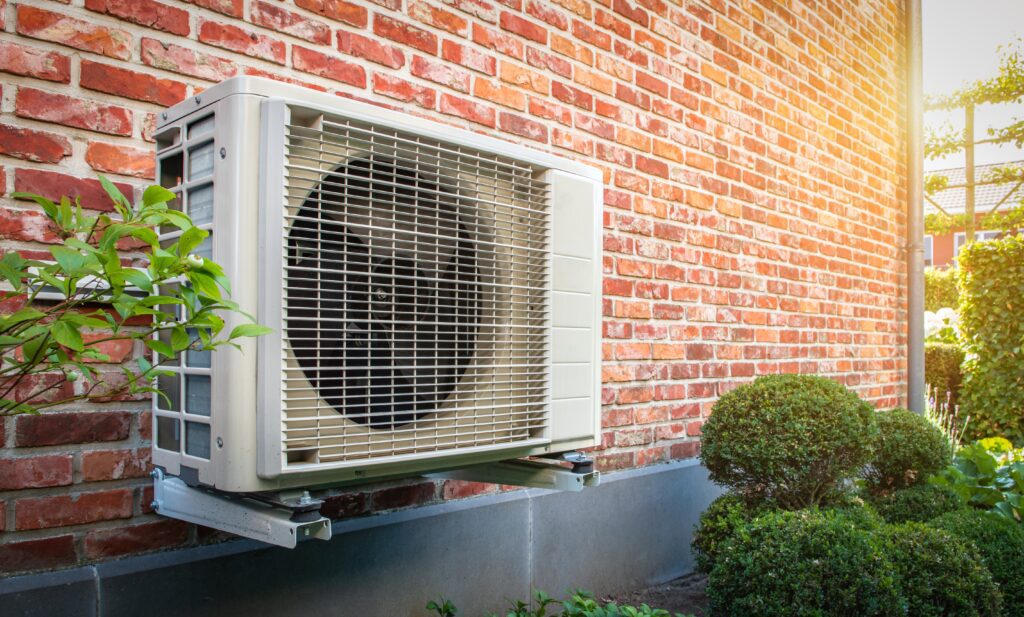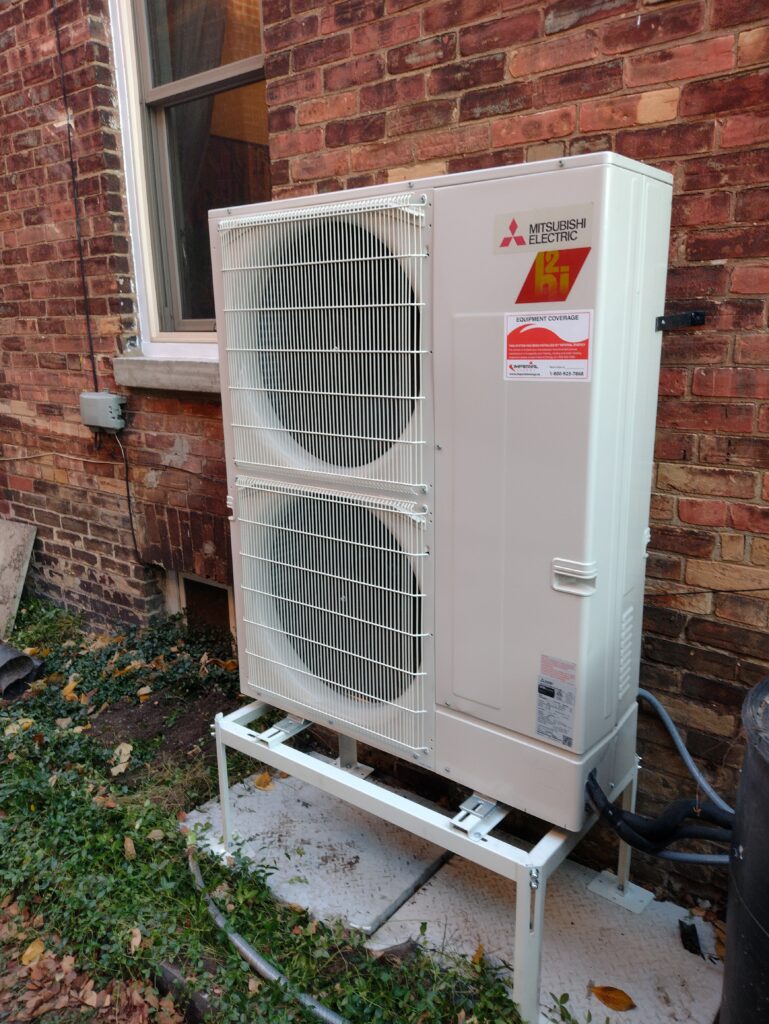
A couple of years ago, I was thinking about what I could do to lower the amount of carbon pollution I create in my day-to-day life. In Canada, for most of us, our biggest contributions to carbon pollution are through how we get around and how we heat our home.
I thought about either taking the leap to buy an electric vehicle or getting rid of the gas furnace in my house. Both would be expensive purchases, and I could not afford to do both.
Luckily, by looking online, I found websites that told me the annual carbon emissions from my car based on the model and the number of kilometers we drive. I was able to compare this with the emissions created by the natural gas furnace in our very old (115 year-old to be exact) house to discover that the furnace was creating about 70% more annual emissions than our car that runs on gas.
So, I decided to replace our furnace with a Cold Climate Air Source Heat pump that I had read about to heat my home in the winter. It would run on electricity alone, with no gas backup, and would also have the added benefit of air conditioning in the summer (something that I did not currently have).
Here are the steps on how I installed my heat pump:
Step #1 Research
I did some research about what financial support programs were available and discovered that the Canada Greener Homes Grant program and the City of Toronto were both offering rebates and loans to support my planned change. Unfortunately, the Greener Homes Grant Program was canceled in 2024, but during its run, more than 500,000 homeowners signed up to take advantage of $5,000 grants used for the purchase and installation of heat pumps as well as a $600 grant for home energy audits.
There is still an option to apply for the Greener Homes Initiative with various affordability programs and loans available for Canadians today.
The first step required in my process was that I start with a Home Energy Audit to evaluate our home’s energy use and make recommendations for improvements that would be eligible for the rebate and loan programs.
I found a service provider to undertake this work and the audit confirmed my eligibility for installing a heat pump (among other changes and improvements).
Then, I looked for a home heating service provider who had experience installing heat pumps and carried the model I had determined would likely work best for our house. After talking to a couple, I selected the company that seemed to be both knowledgeable and responsive. I had found the prices quoted were similar.
Step #2 Installation
The wiring in our old house was only rated for 100 amps. Making room for the new heat pump required the installation of a new 200 amp service, a new electrical panel beside the existing one and sub panel installed near where the heat pump air handler unit was to be installed in our basement.
The process of removing the old gas furnace and installing the new air handler unit where it had been located, as well as hooking up the lines and installing the compressor located outside, took only one work day. It was up and running and heating the house by 5 pm.
Step #3 Applying and Receiving Rebates and Loans
Once all the installations were completed, I filled out the forms and submitted them to the City of Toronto and the federal Greener Homes Grant Program. The City responded very quickly with its rebates and loan program approval, while the federal government program took almost six months to complete and send along the rebates.
I will now start to pay off the City of Toronto loan over the coming years and have the option of transferring it to new owners if I ever decide to sell our house.
Step #4 Enjoying the experience
We have now had the heat pump in place for two winters and one entire summer. It was properly sized and provides all the heat for our house and keeps us comfortable. We have also noted that the heat is more even than when we were using the gas furnace due to the fact that the heat supplied by the heat pump is produced at a lower temperature, but flows almost continuously. This contrasts with the “on/off” cycling of the old furnace. We also have access to whole-home air conditioning which we used a few days last summer when the temperatures outside went over 30°C. That was a nice bonus of making the switch.
The best part is the cost savings. We shaved off about 30% off our annual heating bill. An exact calculation is hard to make because we also decided to install a solar photovoltaic (PV) system at the same time as the heat pump which allows us to produce a lot of the electricity that we consume.

The post “But I thought heat pumps didn’t work in Canada?”: I decided to find out for myself appeared first on Environmental Defence.
This post was originally published on Environmental Defence.
